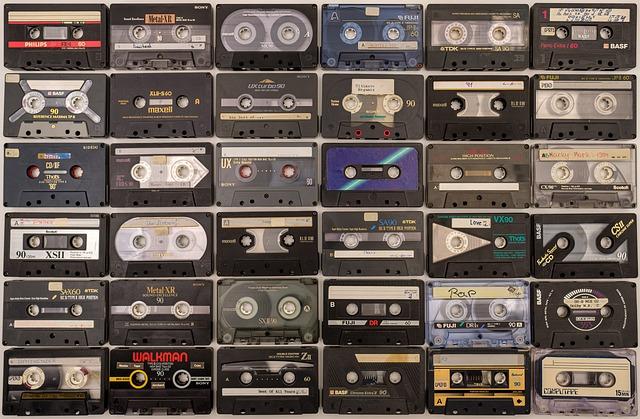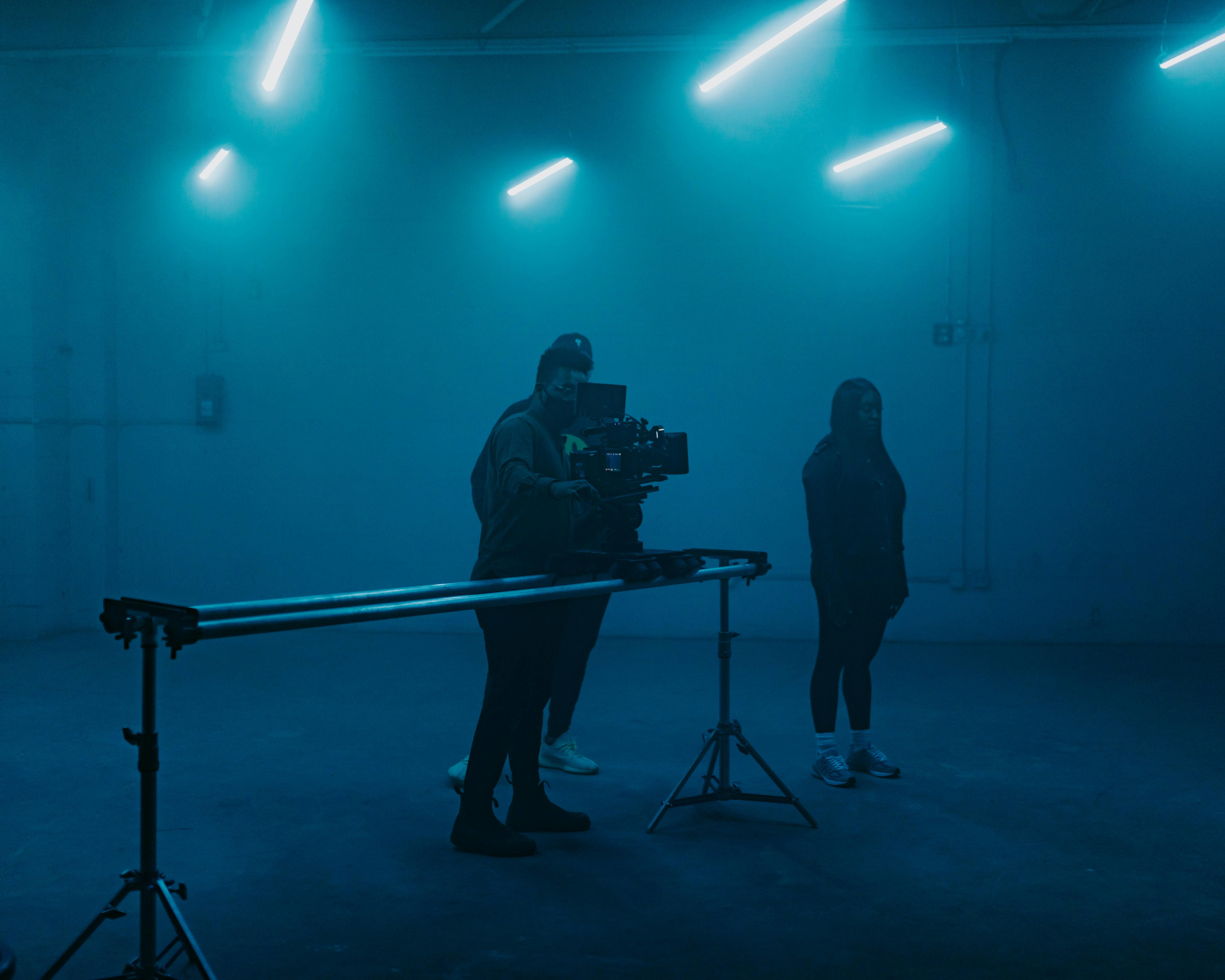In the dimly lit theaters where stories come to life, our senses are subtly orchestrated by the unseen maestros of cinema—sound designers. Their work, often unnoticed, is the silent pulse that breathes life into each scene, transforming mere visuals into immersive experiences. Yet, in an industry where the spotlight typically shines on actors and directors, one wonders if these auditory architects receive the recognition they truly deserve. This article delves into the world of sound design, exploring its pivotal role in filmmaking and questioning whether its contributions are adequately celebrated in the cinematic landscape.
Exploring the Unsung Heroes of Cinema: Sound Designers
In the dazzling world of cinema, where visuals often steal the spotlight, the art of sound design quietly yet powerfully shapes our movie-watching experiences. Sound designers are the magicians behind the scenes, crafting auditory landscapes that elevate a film from ordinary to extraordinary. They create the whispers of the wind, the echoes of footsteps, and the crescendos of climactic moments, all of which weave seamlessly into the narrative fabric. Yet, how often do we pause to acknowledge the genius behind these auditory illusions?
Sound design involves a complex blend of creativity and technical skill, encompassing tasks such as:
- Foley Art: Crafting everyday sounds like rustling clothes or clinking glasses to enhance realism.
- Dialogue Editing: Ensuring every word spoken is clear and impactful, often requiring meticulous attention to detail.
- Soundscapes: Building atmospheric layers that transport audiences to different worlds.
- Special Effects: Creating unique sounds for fantastical elements or intense action sequences.
Despite their critical role, sound designers often remain in the shadows, with their contributions frequently overlooked during award seasons. As audiences, recognizing the subtle yet profound impact of sound design can deepen our appreciation for the immersive power of film.

The Art of Auditory Storytelling: Crafting a Film’s Sonic Landscape
In the world of cinema, sound design is a masterful craft that goes beyond merely complementing the visual. It is an art form that shapes the narrative, builds atmosphere, and evokes emotions. Auditory storytelling transforms a film’s landscape, immersing audiences in worlds where sound becomes a character in its own right.
- Atmospheric Creation: Soundscapes breathe life into scenes, whether it’s the subtle rustle of leaves or the haunting echoes of a deserted street.
- Emotional Resonance: Music and sound effects amplify the emotional depth, turning simple moments into profound experiences.
- Narrative Enhancement: Auditory cues guide viewers through the story, offering insights and foreshadowing events in ways visuals alone cannot.
Yet, despite its significance, sound design often remains an unsung hero. While awards ceremonies may acknowledge it, the broader industry and audience frequently overlook its critical role. Recognizing the artistry involved in crafting a film’s sonic landscape is essential to appreciating the full spectrum of cinematic storytelling.

Challenges and Triumphs: Sound Design in the Spotlight
In the world of cinema, sound design often operates in the shadows, a silent architect shaping the emotional landscape of a film. Yet, the path to recognition is fraught with challenges. Sound designers work tirelessly to craft the aural tapestry that breathes life into visuals, but their contributions frequently remain unsung. From the meticulous creation of ambient soundscapes to the dynamic layering of effects, their work demands both technical prowess and artistic vision.
- Limited visibility: Unlike actors or directors, sound designers rarely share the spotlight, leading to a lack of awareness about their critical role.
- Complexity of the craft: The intricate process of sound design is often misunderstood, as it involves both creativity and cutting-edge technology.
Despite these hurdles, there are moments of triumph. When a film’s sound design captures the audience’s imagination, it can transform the cinematic experience. Recognition comes in the form of awards and accolades, yet many argue it’s not enough. As the film industry continues to evolve, there’s hope that the value of sound design will be increasingly acknowledged, celebrating those who masterfully orchestrate the symphony of cinema.

Elevating Sound Design: Strategies for Greater Industry Recognition
Sound design is a pivotal yet often underappreciated component of filmmaking. To enhance its industry recognition, it’s essential to focus on strategic visibility and collaboration. Emphasizing sound design in promotional materials can significantly alter perceptions. Filmmakers should highlight the role of sound in their marketing campaigns, showcasing the intricacies and impact of the auditory experience through behind-the-scenes content and interviews with sound designers.
Additionally, the industry could benefit from greater integration of sound design in award categories. Encouraging film festivals and awards to create specific accolades for sound innovation can elevate its status. Here are some strategies to consider:
- Collaborative Workshops: Host events where sound designers and filmmakers can exchange ideas and foster mutual appreciation.
- Educational Outreach: Develop programs in film schools that emphasize the importance of sound design in storytelling.
- Industry Panels: Organize discussions at film festivals that focus on sound design’s impact, inviting experts to share insights.
By implementing these strategies, the film industry can create a richer, more inclusive narrative that fully acknowledges the artistry and technical prowess of sound design.

